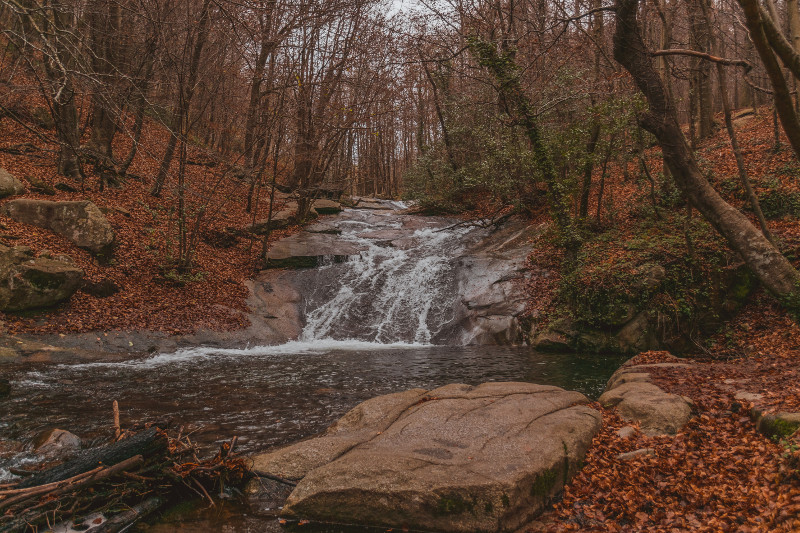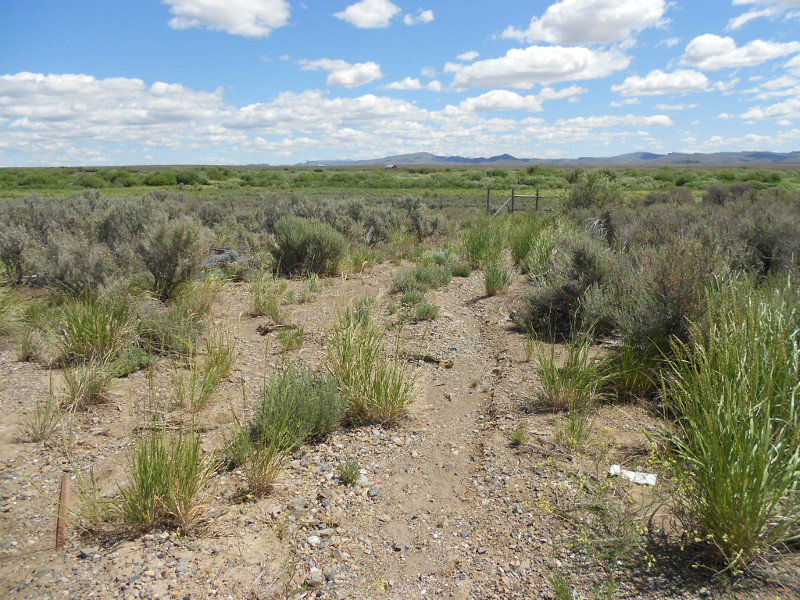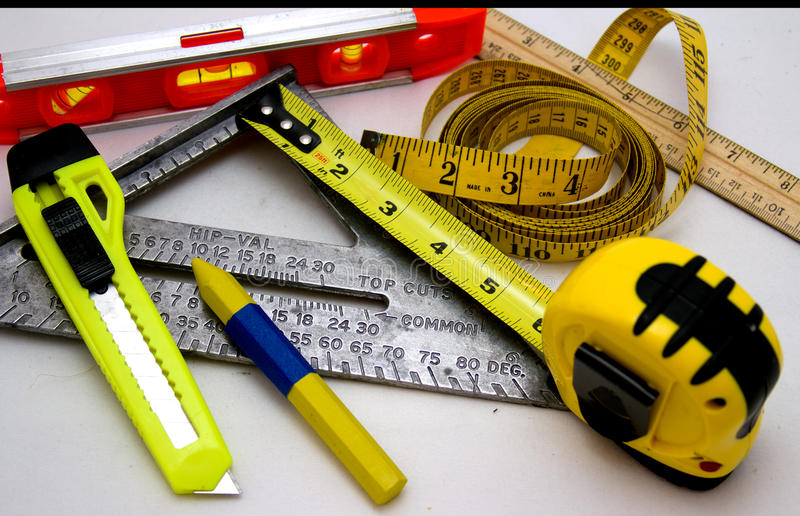Environmental science and its regulation are very complicated. It is important for environmental permit holders to understand both and how their business fit into the natural environments in which they operate.
In these times of climate change and weather event uncertainties being prepared to quickly adapt is vital for your future success. These posts will help you be better positioned to sustain your position and business.
-
What is a Species?
Categories: Estimated reading time: 9 minutes
For enforcement of the Endangered Species Act federal regulators (the Fish & Wildlife Service and NOAA Fisheries/National Marine Fisheries Service) consider local populations and management units (stocks) to be species, regardless of biological theory. NOAA Fisheries calls these small groups “Evolutionarily Significant Units” (ESU); the US Fish & Wildlife Service calls them “Discrete Population Segments” (DPS). These political definitions affect how decisions are made regarding ESA-listed biota in the areas where businesses have their operations. -
Water Quality Standards: Designated Uses
Categories: Estimated reading time: 3 minutes
The EPA requires states to protect designated beneficial uses of water such as municipal water supplies; protection of fish, shellfish, and wildlife; and recreational, agricultural, industrial, and navigational purposes. States are required to examine the suitability of a water body for designated uses based on physical, chemical, and biological characteristics as well as its geographical setting, scenic qualities, and economic considerations. EPA’s highest designated use is “fishable/swimmable”. All designated uses are to be assessed to determine whether they do, or can, attain suitable quality. -
Water Quality: Pit Lakes, Streams, Risk Management
Categories: Estimated reading time: 3 minutes
Regulatory implementation of the Clean Water Act sets quality standards as maximum concentration limits (MCL) of individual elements. Applied to all single-element constituents such values are mis-leading. Toxic metals (arsenic, lead, mercury) are of particular concern yet concentrations of the isolated element do not reflect the various compounds in which these metals are found in rocks, soils, surface waters, or ground waters. More importantly, such elemental concentrations do not reflect bioavailability or ecotoxicity of multi-element chemical compounds. -
Environmental Water Quality Data: Analyzing Change Over Time
Categories: Estimated reading time: 3 minutes
Water quality discharge permits require periodic measurement of water quality constituent concentrations to document compliance with permit conditions. In addition to correctly including concentrations below the analytical method’s detection level when describing the distribution of these concentrations there is great value for operators and environmental regulators in properly analyzing the temporal aspects of these data. A single concentration, particularly when it exceeds a standard’s threshold, lacks context and does not assess an operation’s interactions with the natural environment; it is a temporal and spatial snapshot. -
Total Dissolved Solids in Streams
Categories: Estimated reading time: 2 minutes
Operational and regulatory decisions depend on insights and knowledge gained from analyses of data collected in compliance with water quality permit conditions. These data need to be set in their spatial and temporal contexts and associated with aquatic biota, beneficial uses of the waters after leaving the project boundaries, and the geomorphic settings through which they flow. A white paper on the relationships of total dissolved solids (TDS) with selected minerals from a sample of streams on both sides of the Independence Mountains in northern Elko County, Nevada, is analyzed and interpreted for use by operators and regulators. -
There Is No Sound Science
Categories: Estimated reading time: 2 minutes
There is no scientific criterion for soundness. The term, sound science, reportedly was created in the 1980s by tobacco industry lobbyists trying to prevent regulation of second-hand smoke. Since then the term has been used by governments, industry groups, and environmental NGOs. The term too often is interpreted as meaning data supporting a particular position on an issue. This is highly unfortunate because there is a real need to use valid scientific data and analyses as a basis for policy or regulatory decisions. -
Preparing For Change
Categories: Estimated reading time: 3 minutes
Climate warming, unpredictable weather, and other factors that you cannot control could harm your business’s profitable sustainability. Understanding environmental science and regulatory permits and compliance provide you with the knowledge and tools to quickly adapt to these changes. Acting now is especially important because the future is uncertain and the present is constantly changing. Avoiding environmental permit compliance actions is much better than resolving them after they appear. This commentary explains environmental science as it affects compliance with regulatory permit conditions and helps you defend against litigation alleging your operation adversely effects the natural environment. -
Sustainable Development Metrics
Categories: Estimated reading time: 3 minutes
How to measure sustainability comes up frequently in conversations among mining professionals. Questions asked include what protocol or algorithm should be used, and what measures should to be included. A lot of serious thought has been given this subject by experienced and insightful environmental managers. Yet there is still discomfort that the lists of measures or the procedure to be used may not be “correct.” Sport analogies may help you understand a solution process in which you can have full confidence. -
Streamlining NEPA Compliance
Categories: Estimated reading time: 3 minutes
When looking at streamlining the NEPA (National Environmental Policy Act) process without reducing quality everything is open to reconsideration. Quantifying subjectivity and reordering tasks can dramatically reduce the time to produce a technically sound and legally defensible EIS and Record of Decision (ROD), but there is more that can be done. Data collection and numerical modeling offer opportunities to increase EIS quality while decreasing the time involved. The data are used to characterize existing environments and predict alternative future environments. -
Storing Expensive and Valuable Environmental Chemistry Data
Categories: Estimated reading time: 3 minutes
Environmental chemistry data are expensive to obtain and valuable and need proper care in storage so they retain their value and return your investment in them. Expenses start with permit application preparation and baseline collections and continue through monitoring programs, analyses, and reporting. The proper storage of environmental data is in an appropriately designed database, but many organizations use spreadsheets instead because they are readily available and easy for individuals to learn and use.









